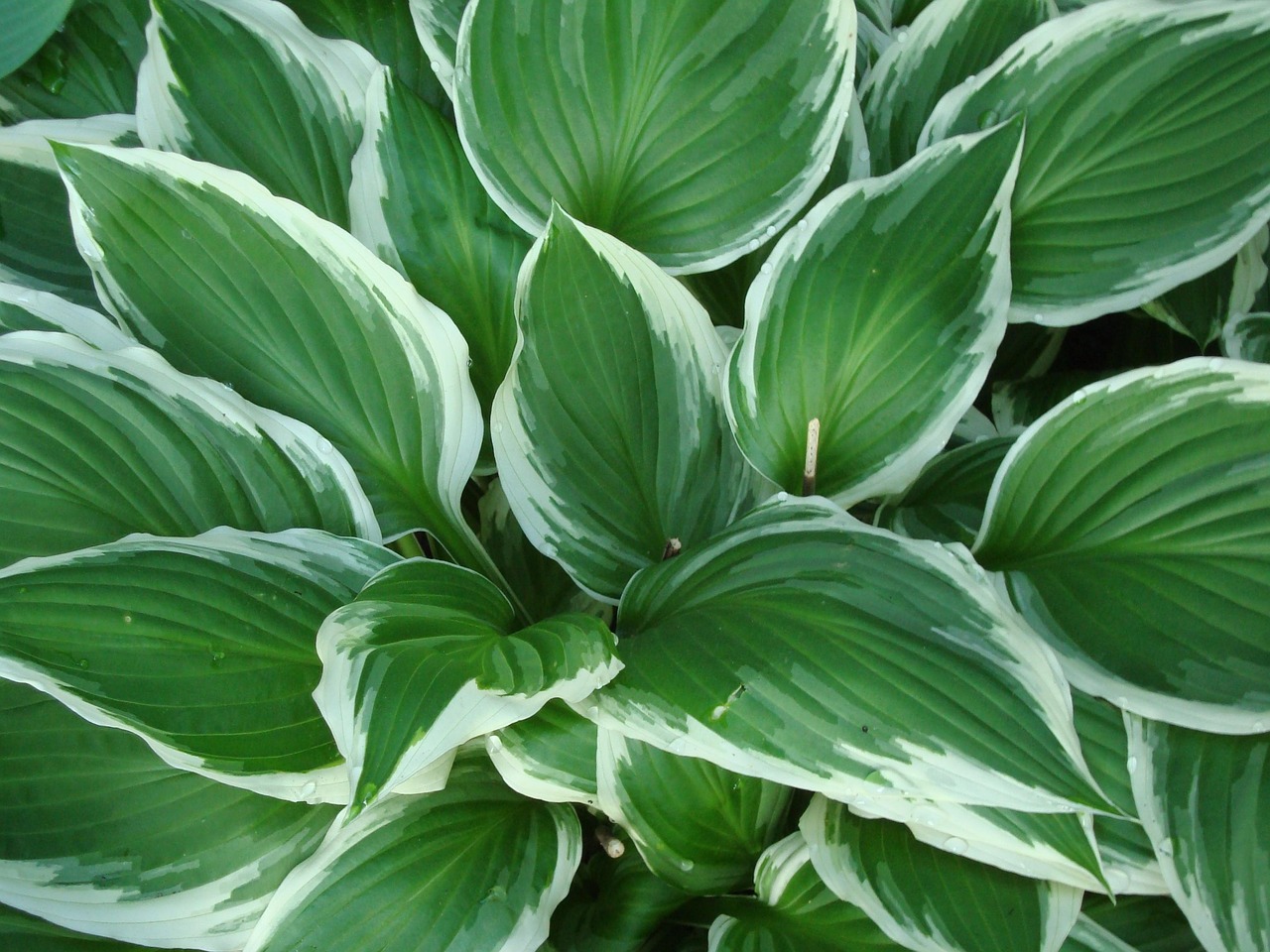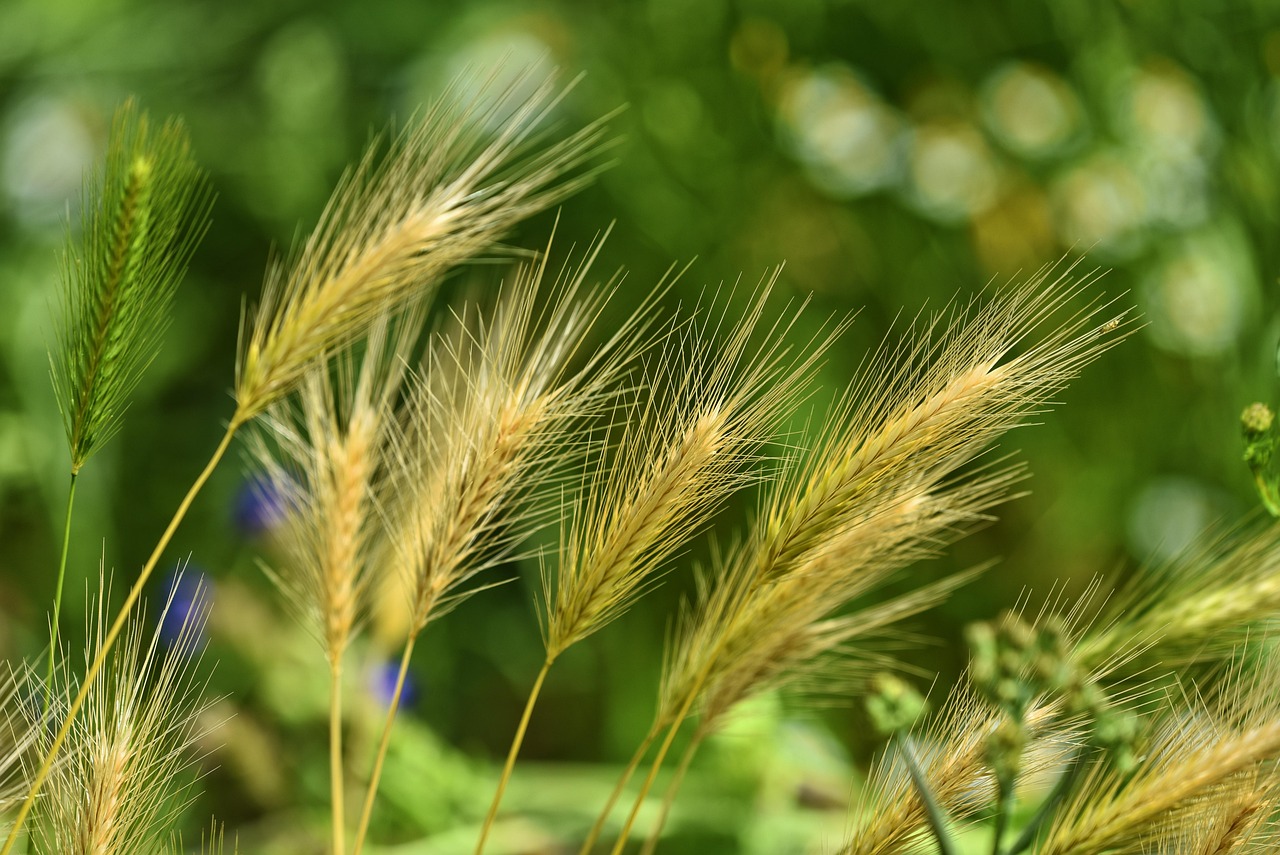Low-maintenance shade perennials offer an excellent solution for gardeners seeking beauty without the burden of extensive upkeep. These plants thrive in low-light conditions, providing vibrant foliage and blooms while requiring minimal effort.
Gardening in shaded areas can often be challenging. Many traditional flowers and plants struggle to thrive when deprived of sunlight. However, shade perennials are specially adapted to these environments. They not only survive but also flourish, adding color and texture to otherwise gloomy spaces.

Choosing low-maintenance perennials for shaded areas can significantly reduce the amount of time and energy spent on garden care. These plants are typically hardy, drought-resistant, and capable of thriving in various soil types. Many shade perennials will return year after year, providing a reliable and beautiful backdrop without demanding too much from the gardener.
Benefits of Low-Maintenance Shade Perennials
Low-maintenance shade perennials come with a host of advantages that make them ideal for any garden enthusiast. Here are some key benefits:
- Low Water Requirements: Many shade perennials are drought-tolerant once established, reducing the need for frequent watering.
- Minimal Pruning: These plants often require little to no pruning, which saves time and effort in upkeep.
- Long Lifespan: With proper care, shade perennials can last for many years, providing a stable garden environment.
- Seasonal Interest: Many varieties offer seasonal blooms or vibrant foliage throughout the year.
- Soil Improvement: Their root systems can help improve soil health by preventing erosion and enhancing nutrient content.
In addition to these benefits, low-maintenance shade perennials can create stunning visual displays when planted in groups. They can also serve as ground cover, helping to suppress weeds and maintain a tidy appearance in your garden.
When selecting shade perennials, it is essential to consider the specific conditions of your garden. Factors such as soil type, moisture levels, and the amount of shade can influence plant selection. Below is a simple table highlighting some popular low-maintenance shade perennials along with their characteristics:
| Plant Name | Bloom Time | Height | Soil Preference |
|---|---|---|---|
| Hosta | Summer | 1-4 ft | Moist, well-drained |
| Astilbe | Summer | 1-3 ft | Moist, rich |
| Ferns | N/A | 1-3 ft | Moist, well-drained |
| Creeping Jenny | Spring-Summer | 1 ft | Well-drained |
| Japanese Anemone | Late Summer-Fall | 2-4 ft | Moist, well-drained |
This table provides a quick overview of some excellent choices for low-maintenance shade perennials. By understanding their unique characteristics, gardeners can make informed decisions tailored to their specific environments.
Incorporating these plants into your garden can transform shaded areas into vibrant spaces filled with life. As we explore further, we will delve deeper into specific varieties and care tips to ensure success with low-maintenance shade perennials.
Popular Low-Maintenance Shade Perennials
When considering low-maintenance shade perennials, it is essential to select varieties that not only thrive in limited sunlight but also add aesthetic appeal to your garden. Below are some popular choices that can enhance your shaded areas.
1. Hosta
Hostas are renowned for their lush foliage and come in a variety of sizes, colors, and textures. They are ideal for shady sites and can be easily integrated into any garden layout.
- Color Varieties: Hostas range from solid greens to variegated leaves in shades of yellow and blue.
- Flowering: They produce tall flower spikes in summer, attracting hummingbirds.
- Maintenance: Very low; simply remove any dead foliage in the fall.
2. Astilbe
Astilbe is a clump-forming perennial that showcases feathery plumes of flowers in a range of colors, including pink, white, and red. They flourish in moist, shady conditions.
- Height: Ranges from 1 to 4 feet, depending on the variety.
- Bloom Time: Flowers typically bloom from late spring to early summer.
- Soil Requirements: Prefers rich, well-drained soil with consistent moisture.
3. Ferns
Ferns are a classic choice for shaded gardens. Their feathery fronds add texture and movement to the landscape. Several fern species thrive in shade, making them versatile options.
- Types: Consider varieties like Lady Fern and Japanese Painted Fern for unique appearances.
- Care: Generally low care; ensure they have adequate moisture without becoming waterlogged.
- Companion Plants: Ferns pair well with hostas and astilbes for a layered look.
4. Creeping Jenny
Creeping Jenny is a trailing perennial that provides ground cover in shady areas. Its vibrant green foliage turns golden yellow in the fall, offering seasonal interest.
- Growth Habit: Spreads quickly, making it an excellent choice for filling empty spaces.
- Flowers: Produces small yellow flowers in spring.
- Soil Adaptability: Thrives in various soil types, but prefers well-drained conditions.
5. Japanese Anemone
This perennial offers late-summer to fall blooms, brightening up shaded areas when many other plants have finished blooming. Japanese Anemone features delicate flowers on tall stems.
- Height: Typically grows between 2 to 4 feet tall.
- Flower Colors: Available in white and pink shades.
- Maintenance Needs: Low; requires minimal care beyond occasional watering during dry spells.
Caring for Low-Maintenance Shade Perennials

Caring for low-maintenance shade perennials does not have to be labor-intensive. With the right practices, you can ensure these plants thrive with minimal effort.
Watering
While many shade perennials are drought-tolerant, they still require consistent moisture, especially during dry spells. Here are some tips for effective watering:
- Deep Watering: Water deeply but infrequently to encourage deep root growth.
- Mulching: Apply a layer of mulch around plants to retain moisture and suppress weeds.
Fertilization
Most low-maintenance shade perennials do not require heavy fertilization. However, a light application of fertilizer in early spring can promote healthy growth.

- Organic Options: Consider using compost or well-rotted manure as natural fertilizers.
- Avoid Over-Fertilizing: Too much fertilizer can lead to excessive foliage growth at the expense of flowers.
By selecting the right plants and employing simple care techniques, you can enjoy the beauty of low-maintenance shade perennials without the backache of extensive gardening labor.
Designing with Low-Maintenance Shade Perennials

Incorporating low-maintenance shade perennials into your garden design can create visually appealing landscapes. Understanding how to utilize these plants effectively will enhance the beauty of your shaded areas while ensuring the garden remains manageable.
Creating Layered Planting Designs
One effective way to design with shade perennials is to create a layered effect. This mimics natural plant communities and adds depth to your garden. Here are some tips for achieving this look:
- Tall Plants: Position taller perennials like Japanese Anemones at the back of borders or against walls, allowing them to provide a backdrop.
- Mid-Height Plants: Place medium-sized plants such as Astilbe in the middle layer, where they can be easily appreciated without overshadowing shorter plants.
- Ground Covers: Use ground-covering plants like Creeping Jenny at the front. They fill in spaces and reduce weed growth.
This layering technique not only adds visual interest but also allows each plant to receive adequate light and air circulation, promoting healthier growth.
Color Schemes and Textures
Choosing a harmonious color scheme can significantly enhance the aesthetic appeal of your shade garden. Here are some ideas to consider:
- Monochromatic Palette: Use varying shades of a single color, such as different greens, yellows, or purples, to create a cohesive and calming effect.
- Contrasting Colors: Pair contrasting colors for a vibrant look. For instance, deep purple Hostas can contrast beautifully with the bright yellow foliage of Creeping Jenny.
- Textural Variety: Mix plants with different leaf shapes and sizes. Combining the feathery fronds of ferns with the broad leaves of hostas can create stunning visual contrasts.
Seasonal Interest in Shade Gardens
To ensure your garden remains attractive throughout the seasons, select perennials that provide different blooms and textures at various times of the year. Here are some strategies:
Choosing Plants for Year-Round Beauty
Selecting a variety of shade perennials that bloom at different times will keep your garden lively. Here are some examples:
- Spring Bloomers: Consider Bleeding Heart and Lungwort, which add color early in the season.
- Summer Favorites: Hostas and Astilbe offer lush foliage and colorful plumes during the warmer months.
- Fall Highlights: Japanese Anemones bloom late in the season, providing color when many other plants have faded.
Evergreen Options
Incorporating evergreen shade perennials can ensure that your garden retains structure and greenery even during winter months. Some options include:
- Ferns: Certain varieties remain vibrant throughout winter, adding texture even in colder months.
- Hellebores: These early bloomers often flower in late winter to early spring, bringing life to the dormant garden.
By thoughtfully selecting a diverse range of perennials, your shade garden will offer beauty and interest throughout the entire year, showcasing nature’s seasonal changes in an elegant manner.
Pest and Disease Management
Although low-maintenance shade perennials are generally hardy, they can still be susceptible to pests and diseases. Implementing preventive measures can help keep your garden healthy.
Integrated Pest Management (IPM)
Utilizing an Integrated Pest Management approach involves monitoring plant health and taking action only when necessary. Here are some practices:
- Regular Monitoring: Check plants regularly for signs of pests, such as discoloration or leaf damage.
- Natural Predators: Encourage beneficial insects like ladybugs that feed on aphids and other pests.
- Companion Planting: Planting certain flowers near perennials can deter pests naturally.
Disease Prevention
To prevent diseases in shade perennials, follow these guidelines:
- Avoid Overcrowding: Ensure adequate spacing between plants to improve air circulation.
- Proper Watering Practices: Water at the base of plants to minimize moisture on leaves, reducing the risk of fungal diseases.
- Cleansing Tools: Regularly clean gardening tools to prevent the spread of diseases.
By being proactive about pest and disease management, you can maintain a vibrant and healthy shade garden with minimal effort.
Additional Resources for Shade Gardening
To further enhance your experience with low-maintenance shade perennials, consider exploring additional resources that can provide valuable information and inspiration. Here are some recommendations:
- Books: Look for gardening books focused on shade plants and perennials. Titles such as “The Plant Lover’s Guide to Hostas” or “Shade Gardening” offer in-depth insights.
- Online Forums: Join gardening communities and forums where you can share experiences and ask questions about shade gardening.
- Local Gardening Clubs: Many areas have local clubs that focus on gardening. These can be great places to learn more about plants that thrive in your specific climate.
- Botanical Gardens: Visiting local botanical gardens can provide inspiration and ideas for incorporating shade perennials into your landscape.
These resources can provide ongoing support as you develop your shade garden, helping you to troubleshoot issues and discover new plant varieties.
Final Thoughts
Low-maintenance shade perennials offer a wonderful opportunity to create beautiful gardens in challenging environments. By selecting the right plants, employing effective design strategies, and practicing simple care techniques, you can enjoy lush landscapes that require minimal effort. The benefits of these perennials—such as their resilience, seasonal interest, and ability to thrive in low-light conditions—make them invaluable for any gardener.
As you venture into the world of shade gardening, remember that each plant has unique needs. Experimenting with different combinations and designs will lead to a personalized garden that reflects your style. Whether you are a novice gardener or an experienced horticulturist, embracing low-maintenance shade perennials will allow you to enjoy the beauty of nature without the backache of intensive upkeep.
Ultimately, creating a thriving garden filled with shade-loving perennials is an investment in your home’s beauty and your personal enjoyment. With the right knowledge and resources, your shaded areas can transform into a vibrant oasis that brings joy throughout the seasons.
